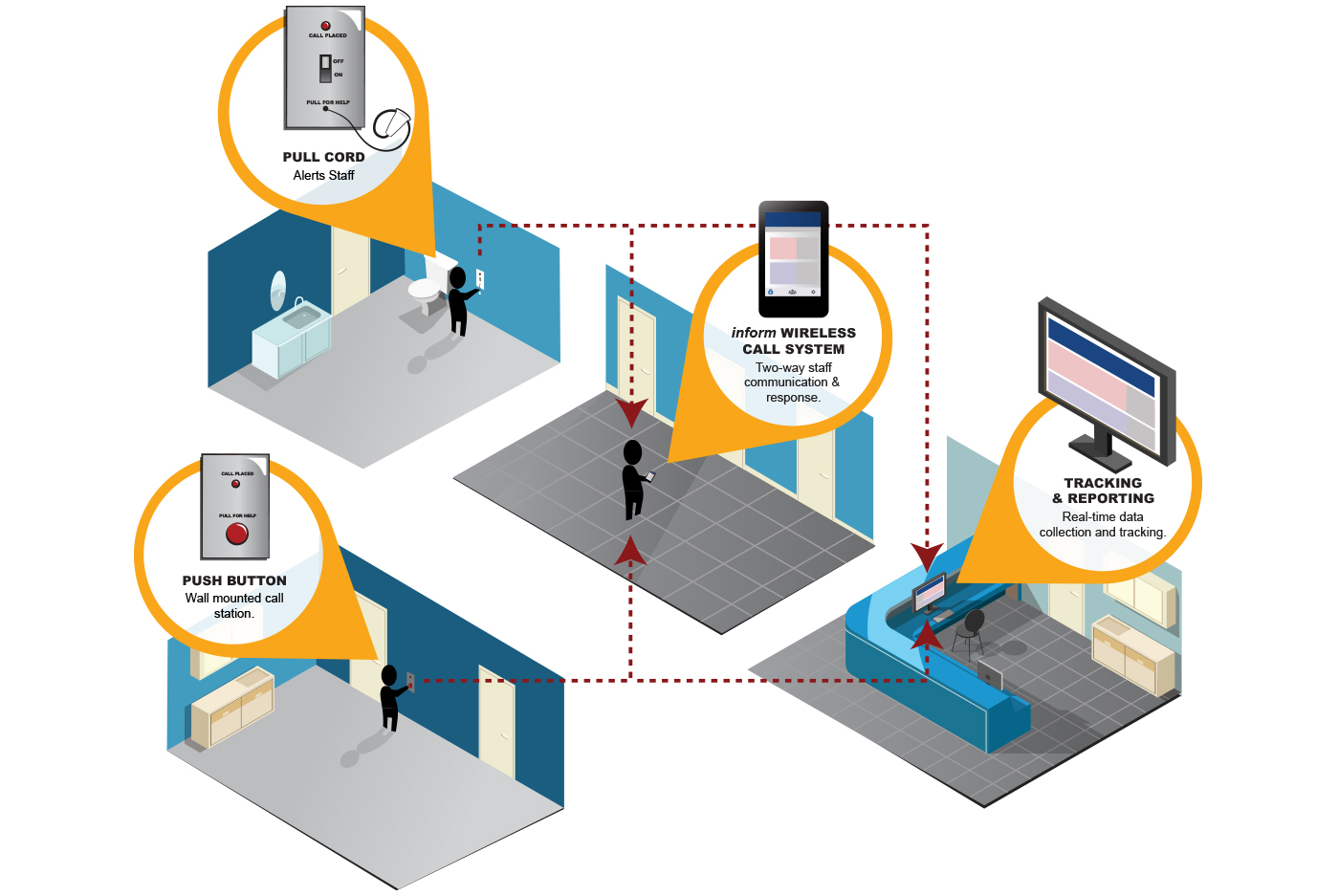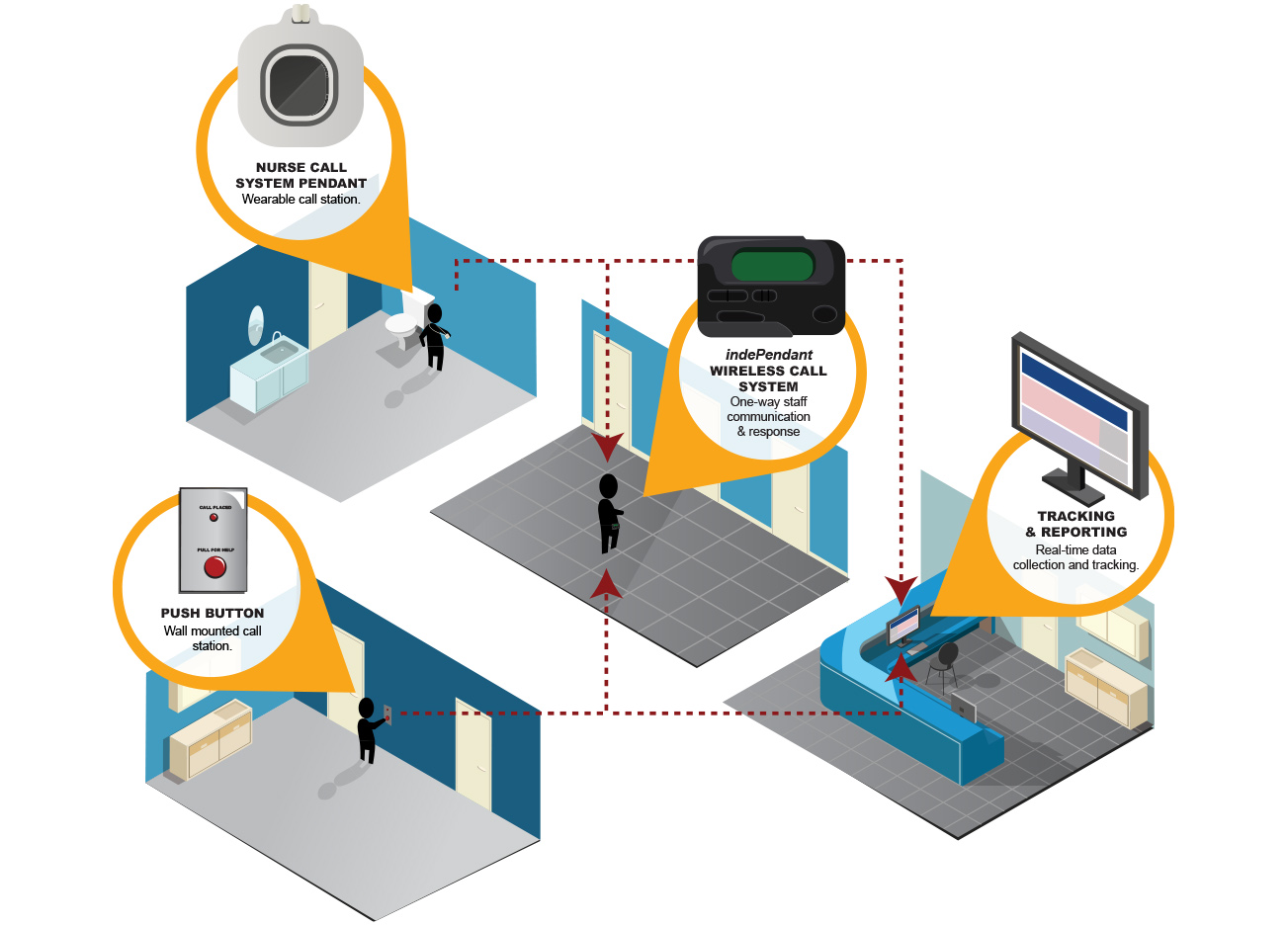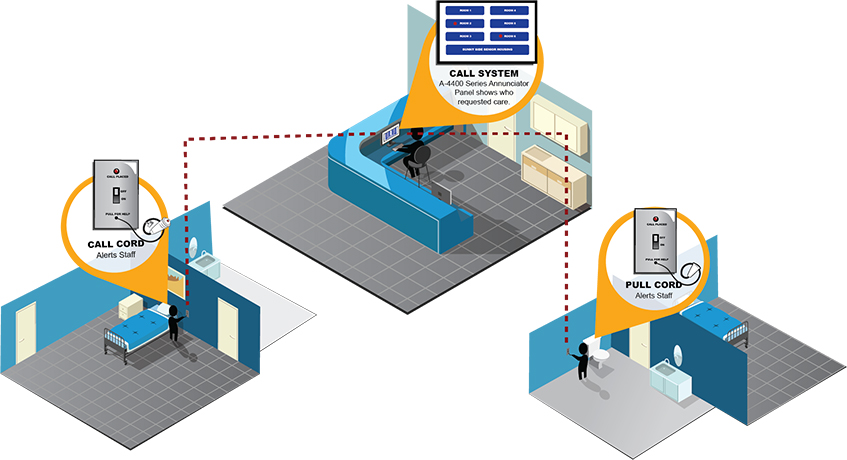Area of Refuge Requirements in Maryland
Emergency Call Systems >> Area of Refuge Systems >> Area of Refuge Requirements >> Maryland
-Updated April 2023
Does your Maryland Building Meet Local Area of Refuge Requirements?
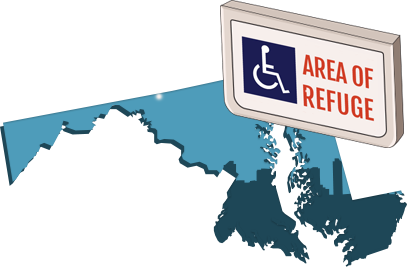 Knowing local area of refuge requirements can save your firm tens of thousands of dollars in fines. Please see below to see the overview of what is required in your area. Be sure to check local codes before building in Maryland. Cornell Communications is the expert on area of refuge systems and strives to clarify the local building codes. However, be sure to check local building codes with your AHJ or state official before building in Maryland. Contact us today for assistance!
Knowing local area of refuge requirements can save your firm tens of thousands of dollars in fines. Please see below to see the overview of what is required in your area. Be sure to check local codes before building in Maryland. Cornell Communications is the expert on area of refuge systems and strives to clarify the local building codes. However, be sure to check local building codes with your AHJ or state official before building in Maryland. Contact us today for assistance!
| Maryland Area of Refuge Requirements | ||
|---|---|---|
|
IBC |
NFPA 72
|
ADA
|
|
2018 |
2016
|
2010
|
Code Definitions
IBC: The International Building Code model provides minimum means of egress (building evacuation path) requirements to protect public health, safety, and general welfare of the occupants of new or existing buildings.
NFPA 72: The National Fire Alarm and Signaling Code (known as NFPA 72) details the latest safety provisions to meet fire detection, signaling, and emergency communication demands.
ADA: The Americans with Disabilities Act includes regulations surrounding means of egress accessibility requirements. 2010 ADA standards outline when a building’s means of egress requires an area of refuge.
IBC 2018 Means of Egress Requirements
According to IBC Section 1009, accessible means of egress require an area of refuge. Areas of refuge are required in all new multi-story commercial buildings and additions/renovations that are considered new construction.
Requirements:
Every required area of refuge shall be accessible from the space it serves by an accessible means of egress.
Two-way communication systems shall provide communication between each required location and the fire command center or a central point location approved by the fire department. Where the central control point is not a constantly attended location, the two-way communication system shall have a timed automatic telephone dial-out capability that provides two-way communication with an approved supervising station or 9-1-1. The two-way communication system shall include both audible and visible signals.
Exemptions:
- Buildings with supervised automatic sprinkler systems throughout (Building does not require the protected are but the Cornell Two-Way Communication System is still required)
- Assisted living facilities
- Healthcare facilities
- Prisons and Penitentiaries
- Residential Psychiatric Facilities
- Drug Rehab Facilities
NFPA 2016 Two-Way Emergency Communication System
“Areas of refuge” or “areas of rescue assistance” are areas that have direct access to an exit, where people who are unable to use stairs can remain temporarily in safety to await further instructions or assistance during emergency evacuation or other emergency situations. It is, therefore, important that a method to communicate between that remote location and a central point where appropriate action for assistance can be initiated.
Generally, the building code or engineer specification will provide the specifics on the required locations of the remote area of refuge (area of rescue assistance) stations, as well as the central control point. Requirements found in Section 24.10 should be coordinated with the requirements of the building code in force.
Generally, the building code or engineer specification will provide the specifics on the required locations of the stairway communications points, as well as the central control point. Requirements found in 24.12 should be coordinated with the requirements of the building code in force.
Although in some instances areas of refuge (areas of rescue assistance) might be installed in buildings that use general evacuation and not relocation/partial evacuation, it is still crucial that people awaiting assistance can communicate with emergency responders to facilitate their evacuation. Thus, their evacuation time might be prolonged, and therefore the emergency communications systems should be capable of operating reliably during a fire incident.
Two-way, in-building wired emergency services communications systems are intended to provide emergency service personnel and designated building occupants with a supervised, reliable communication system that is completely independent of other in-building communication systems. The survivability of two-way, in-building wired emergency services communications systems is paramount as they are intended for use during and throughout the duration of a fire or other emergency event. This kind of functionality requires that measures are taken to ensure that the system is designed, installed, and maintained in such a manner that they can survive and function under extreme conditions.
In order to ensure a timely response to a call for assistance, the call is to be forwarded to a constantly attended approved location, such as a supervising station, 911 communications center, or other monitoring location.
ADA 2010 Means of Egress Requirements
According to ADA Section 207, accessible means of egress require an area of refuge. Areas of refuge are required in all multi-story commercial buildings. Exceptions:
- Where means of egress are permitted by local building or life safety codes to share a common path of egress travel, accessible means of egress shall be permitted to share a common path of egress travel.
- Areas of refuge shall not be required in detention and correctional facilities
Area of Refuge Systems for Maryland
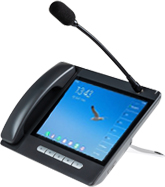 The state of Maryland requires all areas of refuge that are one or more stories above or below the level of exit discharge are equipped with a two-way communication system like Cornell’s Sentinel AOR system (IBC 1009.6.5). According to IBC 1007.8.1 and 1007.8.2 two-way communication systems at areas of refuge must:
The state of Maryland requires all areas of refuge that are one or more stories above or below the level of exit discharge are equipped with a two-way communication system like Cornell’s Sentinel AOR system (IBC 1009.6.5). According to IBC 1007.8.1 and 1007.8.2 two-way communication systems at areas of refuge must:
- Provide communication between each required location and the fire command center or a central control location
- The fire department must approve the central control location
- Have a timed automatic telephone dial-out capability to a monitoring location or to 9-1-1
- Include both audible and visible signals
A two-way communication system is not required in areas with ramps, near freight elevators or near service elevators that are not designated as part of the accessible means of egress.
Cornell’s Sentinel AOR system meets all of Maryland’s building code requirements. Receive a free quote today!
| Free Build Quote |
Area of Refuge Signage Requirements in Maryland
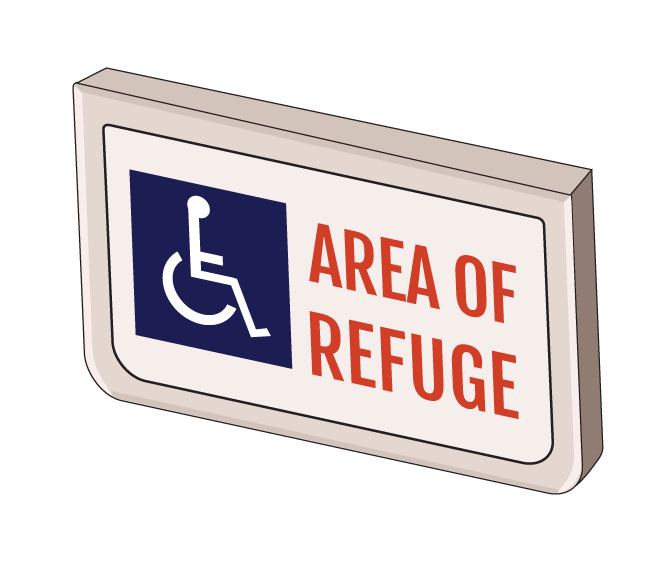 Maryland building code requires areas of refuge are clearly marked with appropriate signage. IBC 1011.1 states:
Maryland building code requires areas of refuge are clearly marked with appropriate signage. IBC 1011.1 states:
- Each door providing access to an area of refuge from an adjacent floor area shall be identified by a sign stating: AREA OF REFUGE
- Each door providing access to an exterior area for assisted rescue shall be identified by a sign stating: EXTERIOR AREA FOR ASSISTED RESCUE
- Signage must comply with ICC A117.1 requirements
- Signage must be illuminated where exit sign illumination is required by IBC 1011.2
Design an Area of Refuge System for Maryland Buildings
Still have questions? Don’t worry, we’re here to help. Cornell Communications is an industry leader in area of rescue systems, nurse call systems and more. Get a quote on a Sentinel AOR system or contact a Cornell representative for more information on area of refuge requirements in Maryland.

